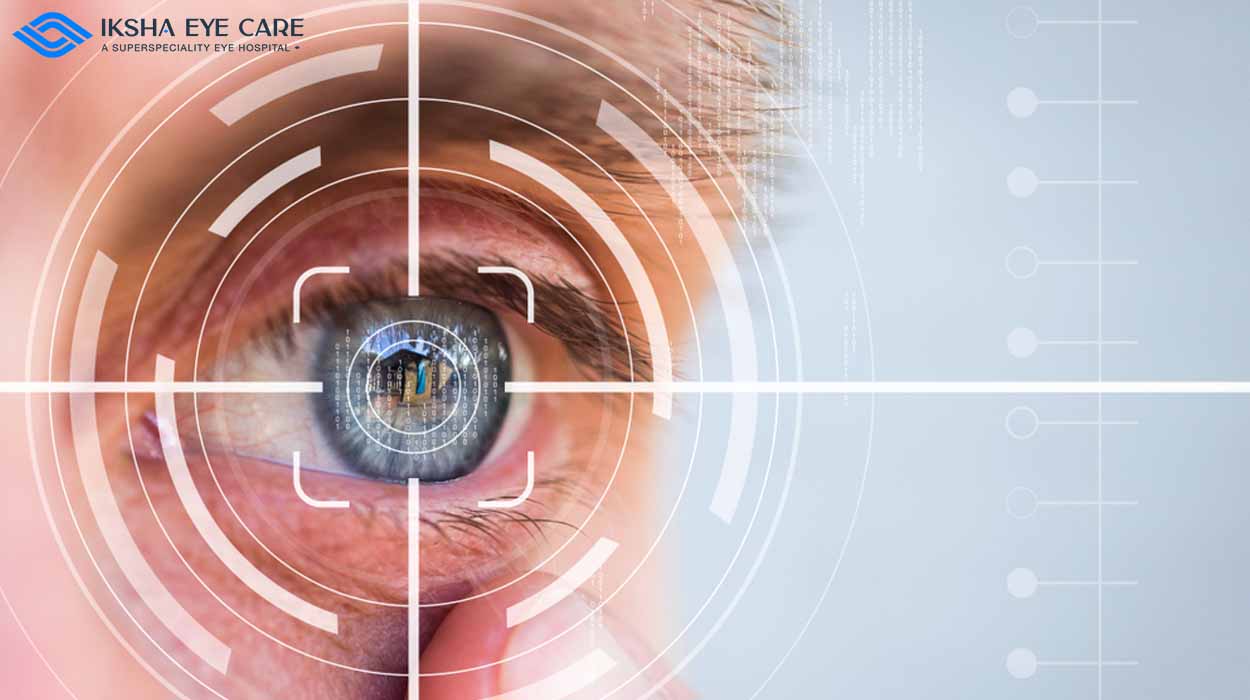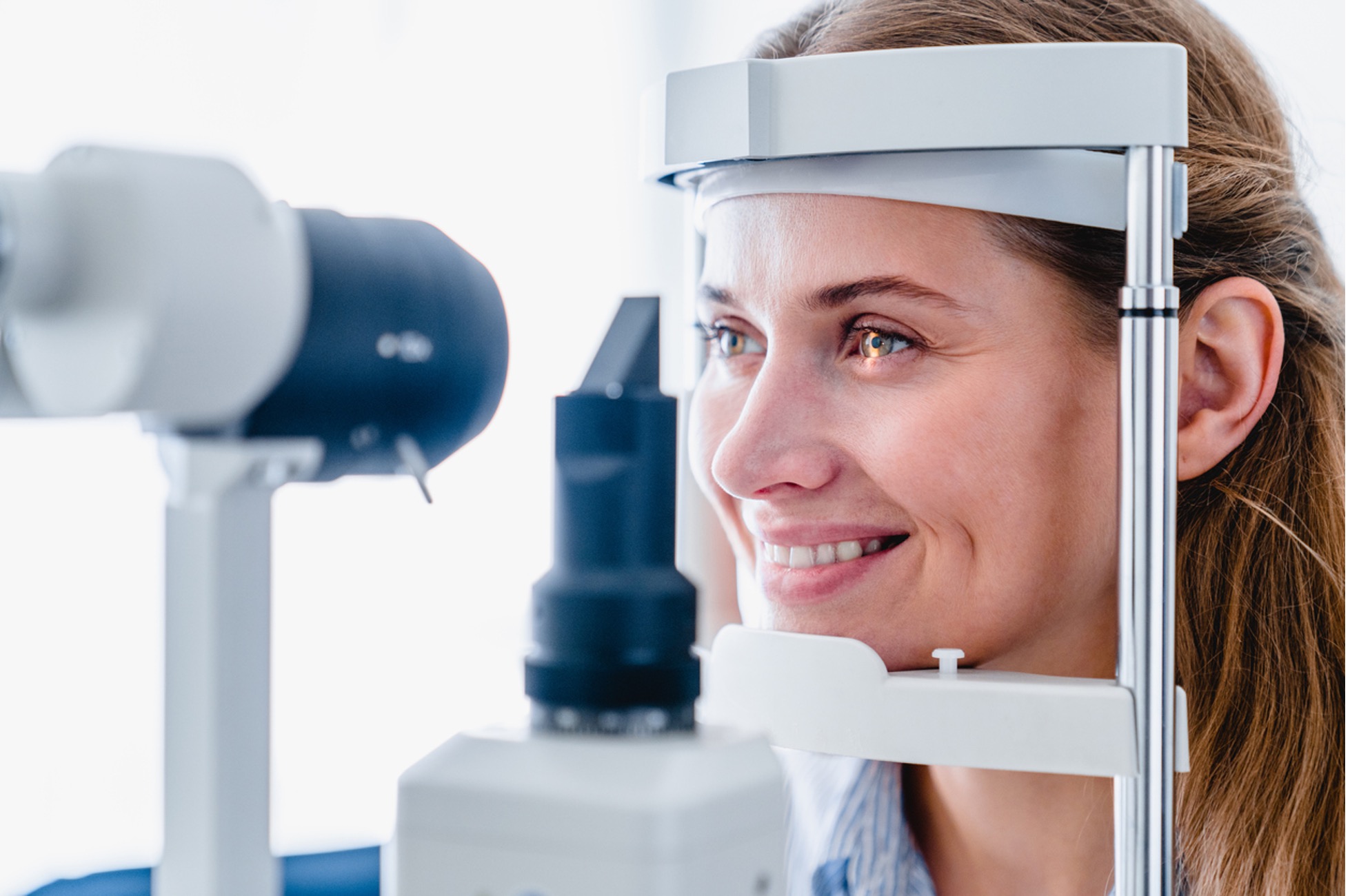Top-Rated Eyecare Near Me: Professional Vision Services Available
Top-Rated Eyecare Near Me: Professional Vision Services Available
Blog Article
The Role of Advanced Diagnostic Devices in Identifying Eye Disorders
In the realm of ophthalmology, the usage of advanced diagnostic devices has actually reinvented the early identification and administration of various eye disorders. As the need for exact and prompt diagnoses proceeds to grow, the integration of cutting-edge tools like optical comprehensibility tomography and aesthetic area testing has become essential in the realm of eye treatment.
Value of Very Early Medical Diagnosis
Very early diagnosis plays a critical function in the efficient administration and therapy of eye disorders. By detecting eye conditions at an early phase, health care companies can use appropriate treatment strategies customized to the details condition, inevitably leading to far better outcomes for clients.

Modern Technology for Finding Glaucoma
Cutting-edge diagnostic technologies play a vital role in the early detection and surveillance of glaucoma, a leading reason of irreversible blindness worldwide. Another sophisticated device is visual field screening, which maps the sensitivity of a person's visual area, aiding to find any type of locations of vision loss feature of glaucoma. These advanced analysis tools enable eye doctors to diagnose glaucoma in its early phases, permitting for timely intervention and far better administration of the disease to avoid vision loss.
Duty of Optical Coherence Tomography

OCT's capacity to quantify retinal nerve fiber layer density permits for accurate and objective measurements, aiding in the early detection of glaucoma even before aesthetic field issues end up being evident. On the whole, OCT plays a crucial duty in enhancing the diagnostic accuracy and management of glaucoma, eventually adding to far better results for people at threat of vision loss.
Enhancing Medical Diagnosis With Visual Field Testing
An important component in detailed ocular examinations, visual area testing plays a pivotal function in improving the analysis process for different eye disorders. By evaluating the complete level of a person's aesthetic field, this examination gives important info concerning the useful honesty of the entire aesthetic path, from the retina to the visual cortex.
Visual area screening is particularly beneficial in the diagnosis and management of problems such as glaucoma, optic nerve disorders, and different neurological diseases that can read affect vision. With quantitative measurements of peripheral and central vision, clinicians can find subtle adjustments that may show the existence or development of these conditions, also prior to noticeable symptoms take place.
Moreover, aesthetic field screening enables the surveillance of therapy efficacy, helping eye doctors customize therapeutic interventions to individual people. eyecare near me. By tracking changes in aesthetic area efficiency over time, health care service providers can make informed decisions concerning readjusting drugs, advising surgical treatments, or executing other ideal steps to preserve or improve a client's aesthetic function
Taking Care Of Macular Deterioration

Final Thought
In conclusion, advanced diagnostic tools play an important role in identifying check that eye problems early on. Technologies such as Optical Coherence Tomography and aesthetic area testing have considerably enhanced the accuracy and effectiveness of identifying conditions like glaucoma and macular degeneration.
Report this page